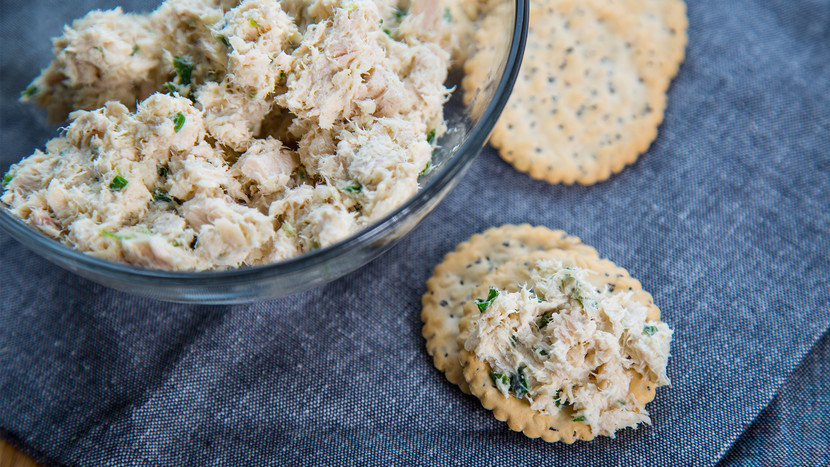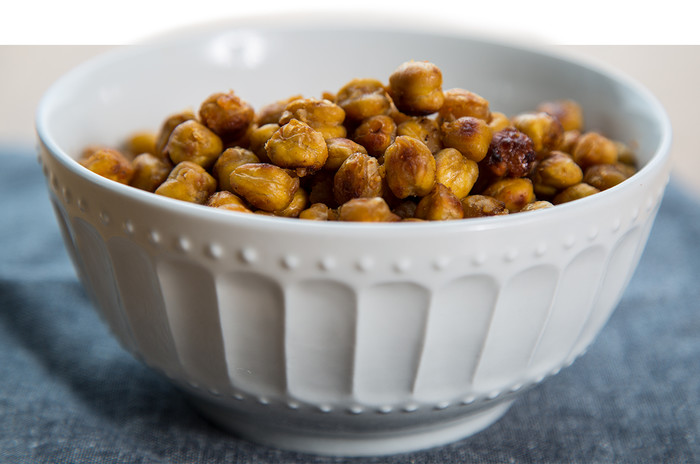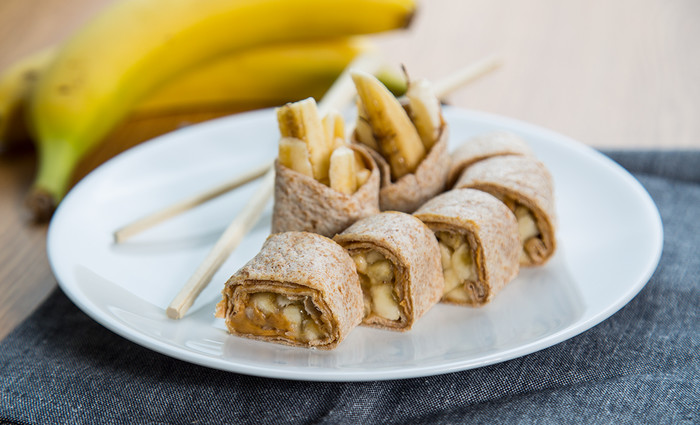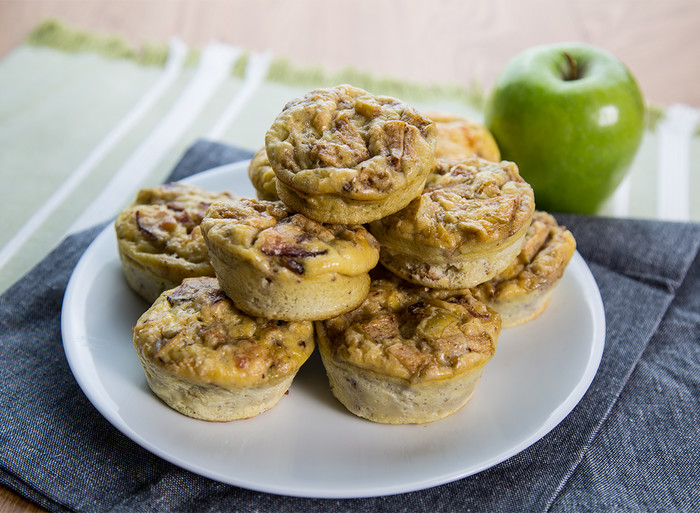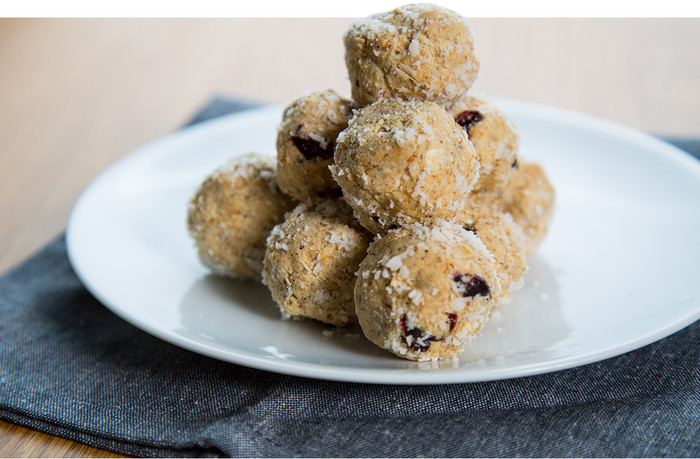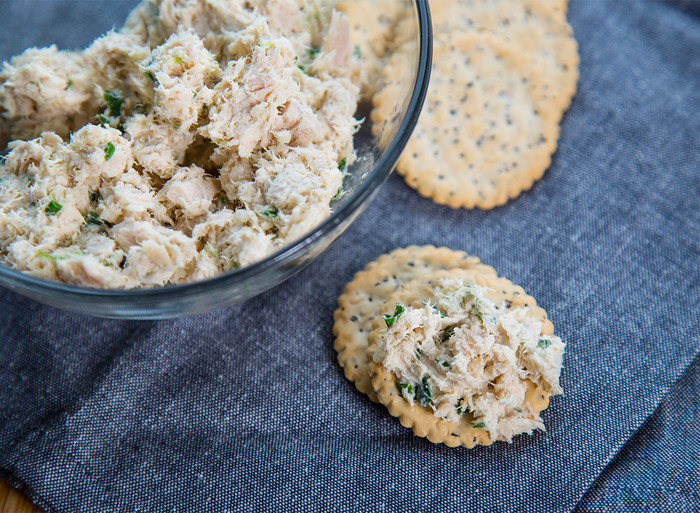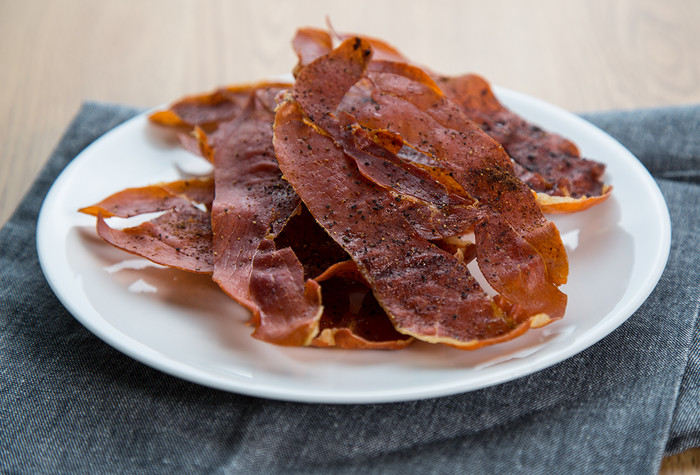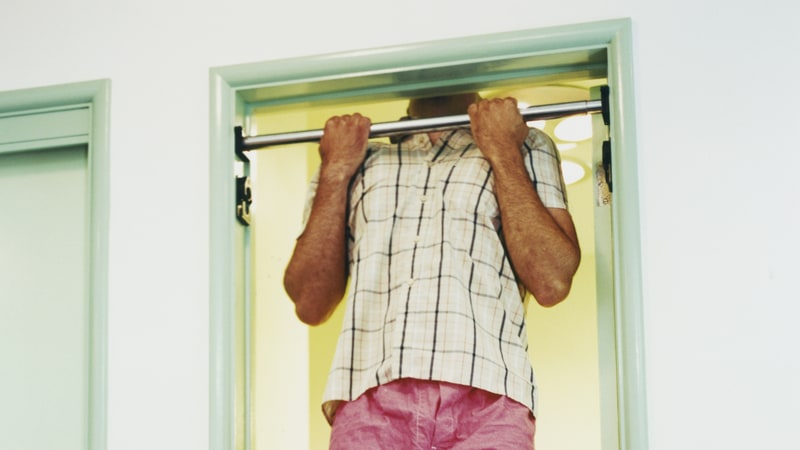At some point during your exercise and training career you will probably have to deal with working around an injury. Below are a few tips to keep you pushing forward, improve things, and of course not make things worse. This is geared towards the average person whose goal is to look better and feel better. I did throw in a few tips for the athletes. If you have a specific joint pain or issue then send over an email and we can discuss things.
Focus on what you can do! — Most people with an injury can still do a lot to help them reach their goals. Work around it and don’t just fight through the pain. Doing an exercise that causes pain is the opposite of smart.
If you have a shoulder injury maybe it’s time to remove some pushing and do more rowing. If you have a knee injury maybe its time to focus on more hip hinge movements compared to squats and lunges. Maybe you can add some more cardio, abs, flexibility, mobility, soft tissue work, or the other 98 million things that can keep you going!
Personally I have had to make a ton of changes over the years. Instead of all the barbell work I have had to add in more with dumbbells, bodyweight, landmine trainers, TRX, Hex Bar, Kettlebells, single leg work, etc. Things are different in year 20 of my lifting career compared to year one. There is nothing wrong with this.
“The goal is to keep the goal the goal”- Dan John — If you started your program with the goal to look better and feel better then make sure you stay focused on this. We need to find the exercises that work FOR YOU, and then get better at those exercises. There are 95 million different exercises and programs we can do to help you lose fat and feel better. You don’t have to become an Olympic weightlifter, jump on boxes, do a burpee, or purchase some cool gadget to reach your goals. You just have to be consistent over time and getting injured does not help. Start off slower than you think you have to and gradually progress.
Look at what you are doing the other 23 hours! — I see some people who might confuse a certain pain with exercise when it’s something they are doing outside of the gym. Sitting at your computer for 16 hours with bad posture? Moving Furniture? Working in the garden? Be aware of your body position all day. Getting stronger and improving mobility with a solid program will help more than it will hurt.
You are not the person next to you! — You might not be the person you were 10 years ago either. This is OK! If you are the person in the group setting who feels the need to compete with the person next to you, and not yourself, then you need to change your mindset ASAP. This is the main reason we created different programs in regards to Personal Training, Active Ageing, and our Semi-private training.
If you are overweight then stop it with the running!– This is controversial, but I am the person that is actually willing to say this. Lose weight to run, don’t run to lose weight. Not sure why people look at runners who are small and then think they will become them after learning to run. If your diet is not on point there is a better chance of me growing to be 6 foot 6 because I started playing basketball.
Correlation is not the same as Cause and Effect. If you are overweight and constantly pounding your joints with running then you will get injured. There is nothing wrong with a running goal, just don’t confuse it with a fat loss goal. You will also need to start off slow and have a well developed plan if your goal is to become a runner!
If you are an athlete then have a professional design your program! – A professional is not just a random coach that looks good, genetic freak that played your sport well, or Tom Brady. There is nothing I hate more than seeing children getting abused with crazy programs. Yes, abuse. There is no correlation between jumping on a box 5000 times and improving your vertical jump. There is no correlation between doing an Olympic lift THE WRONG WAY and developing power.
As parents and coaches you need to educate yourself so you can call these fake coaches out. See if they have a CSCS certification, experience working with people, and can explain what your child will be doing for the entire year. If you just want to choose the cheapest option to save a few bucks then save the rest for physical therapy. Anyone can make your child sweat and make them tired, but can they make them better?!
It happens over time, almost all the time!– Results always happen over time. Most injuries are not the cause of a specific incident. If you have been doing a repetitive movement or something wrong for decades it will come back to cause an injury at some point.
Have a professional look over your technique and your program– Maybe you just don’t know what you are doing and need someone to look over your technique and your program!
Detric Smith, CSCS, ACSM Exercise Physiologist

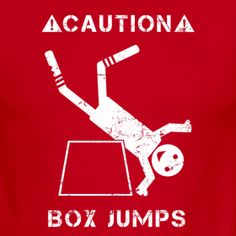
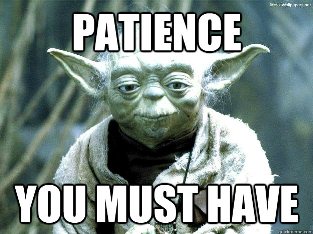
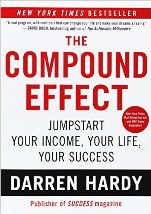
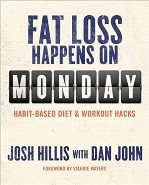
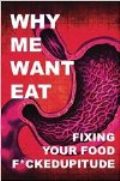

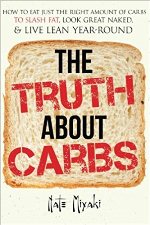
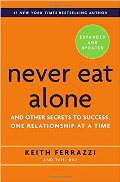
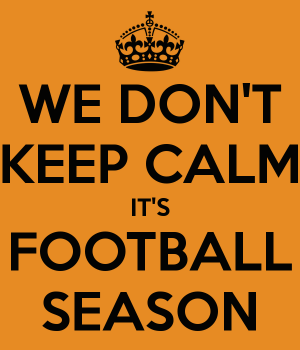


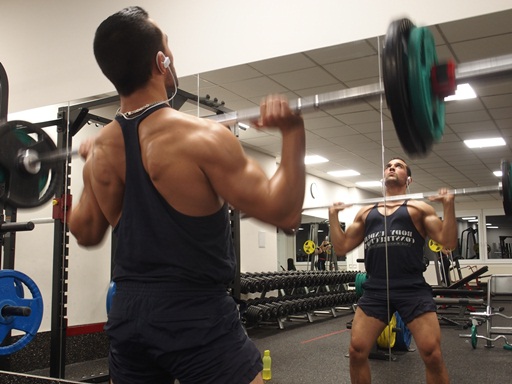
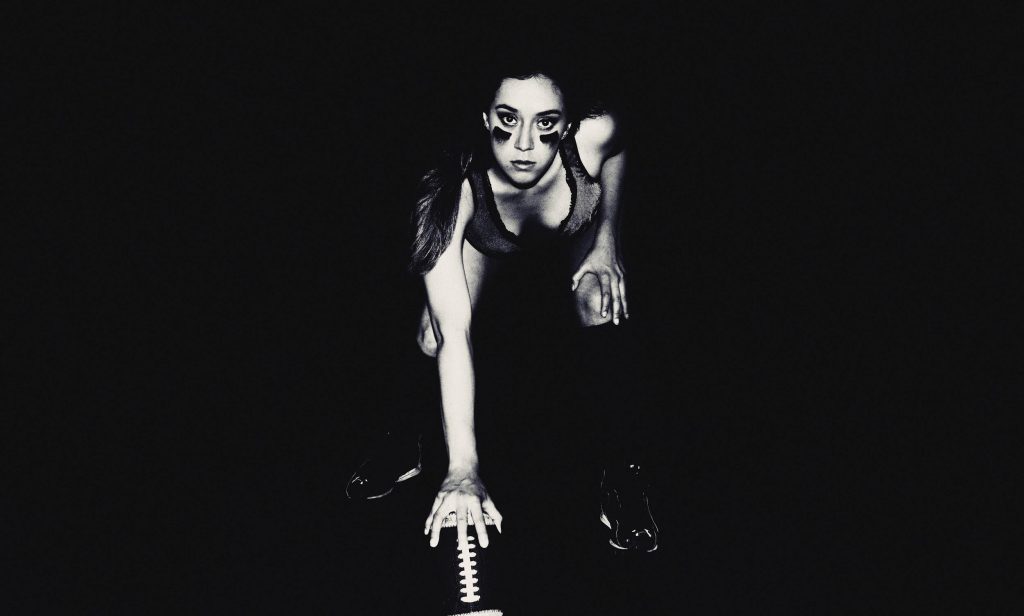
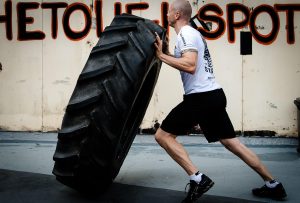
 Detric Smith, NSCA CSCS, ACSM EP-C, is the owner of Results Performance Training (www.resultsperformancetraining.com) in Williamsburg, VA. He has a BS in Kinesiology from Virginia Commonwealth University and specializes in Sports Performance Training and Fat Loss Transformations. For over 15 years he has gained experience at various sports performance centers and personal training studios, as well as coaching and teaching physical education from elementary school to high school.
Detric Smith, NSCA CSCS, ACSM EP-C, is the owner of Results Performance Training (www.resultsperformancetraining.com) in Williamsburg, VA. He has a BS in Kinesiology from Virginia Commonwealth University and specializes in Sports Performance Training and Fat Loss Transformations. For over 15 years he has gained experience at various sports performance centers and personal training studios, as well as coaching and teaching physical education from elementary school to high school.


